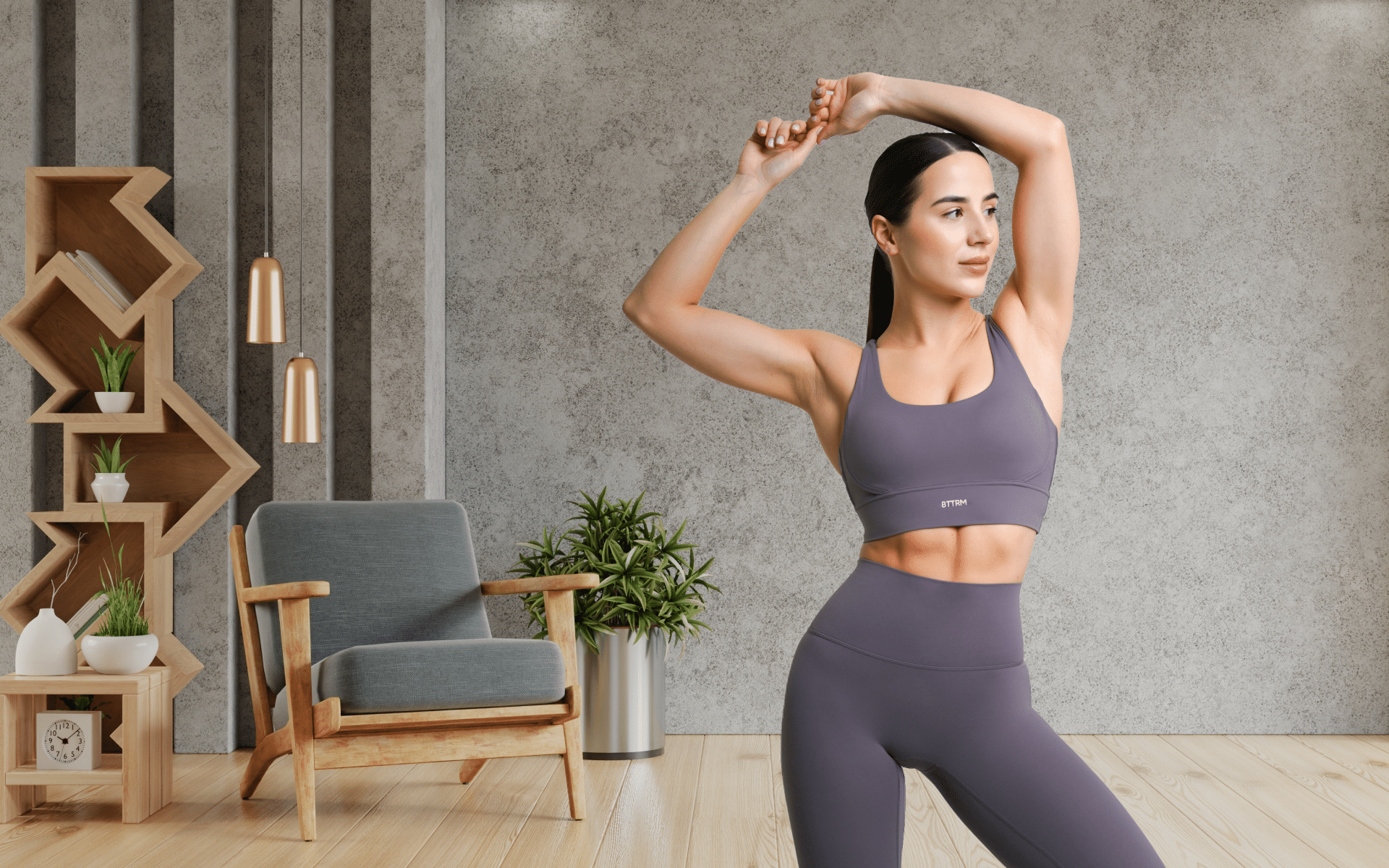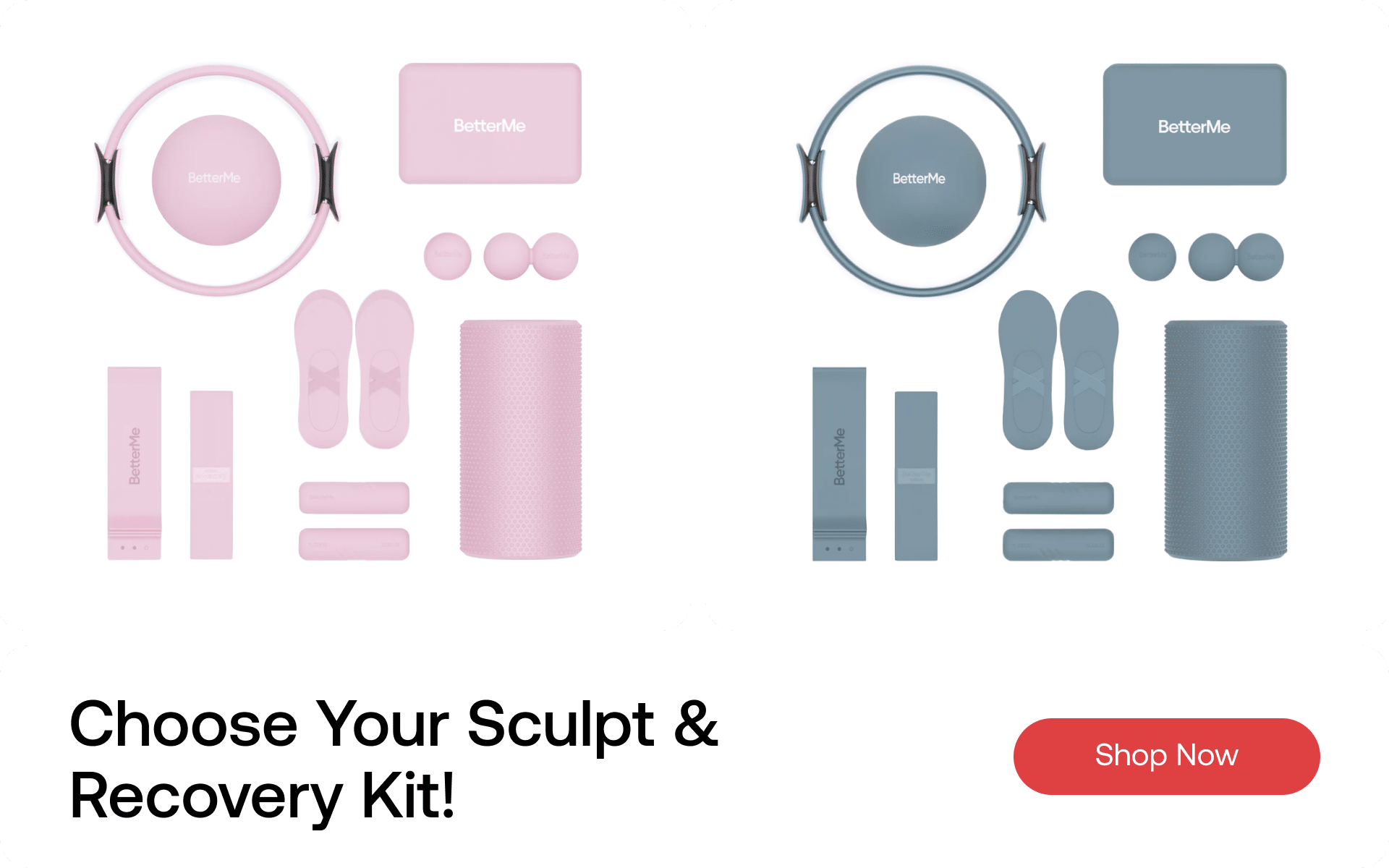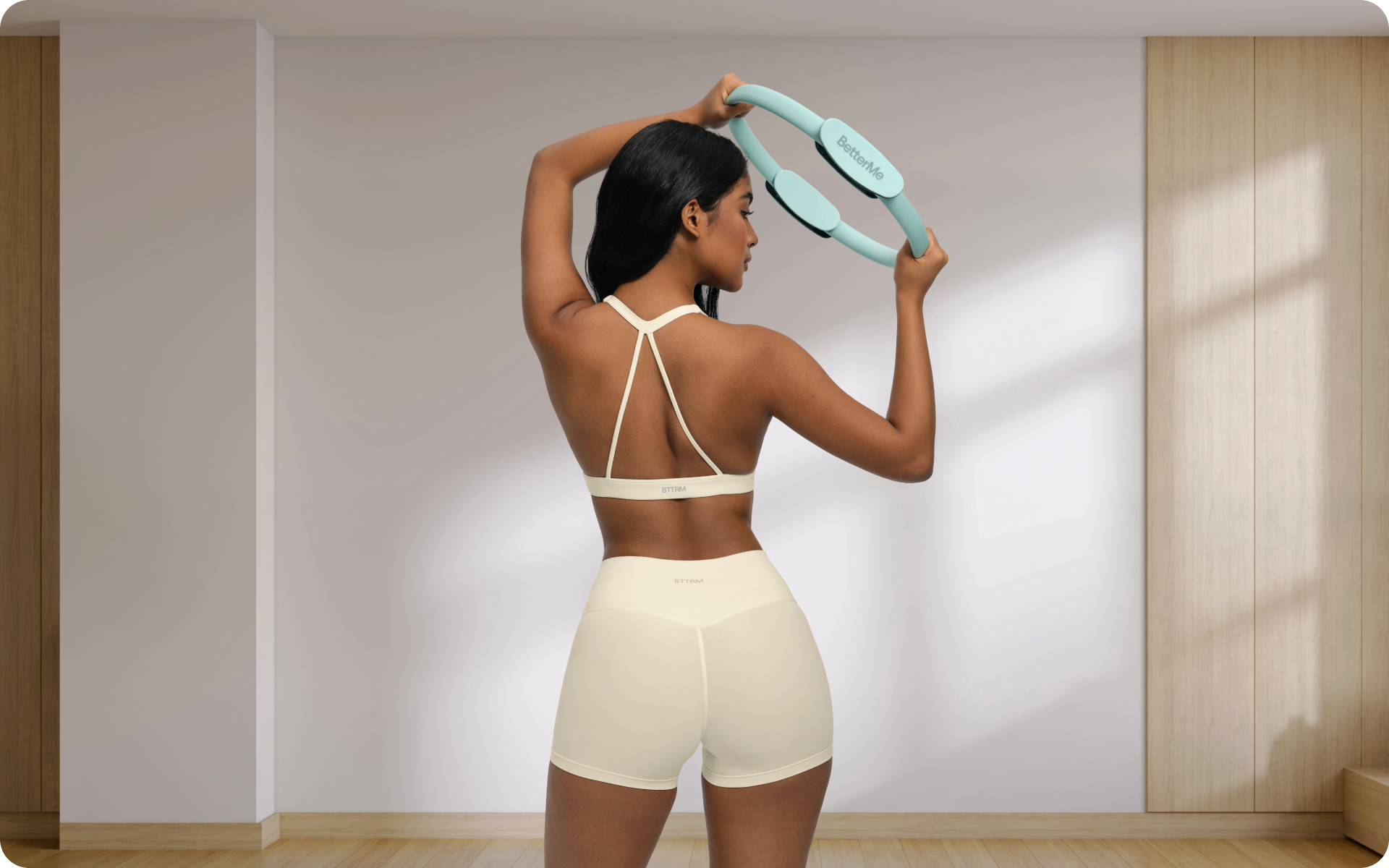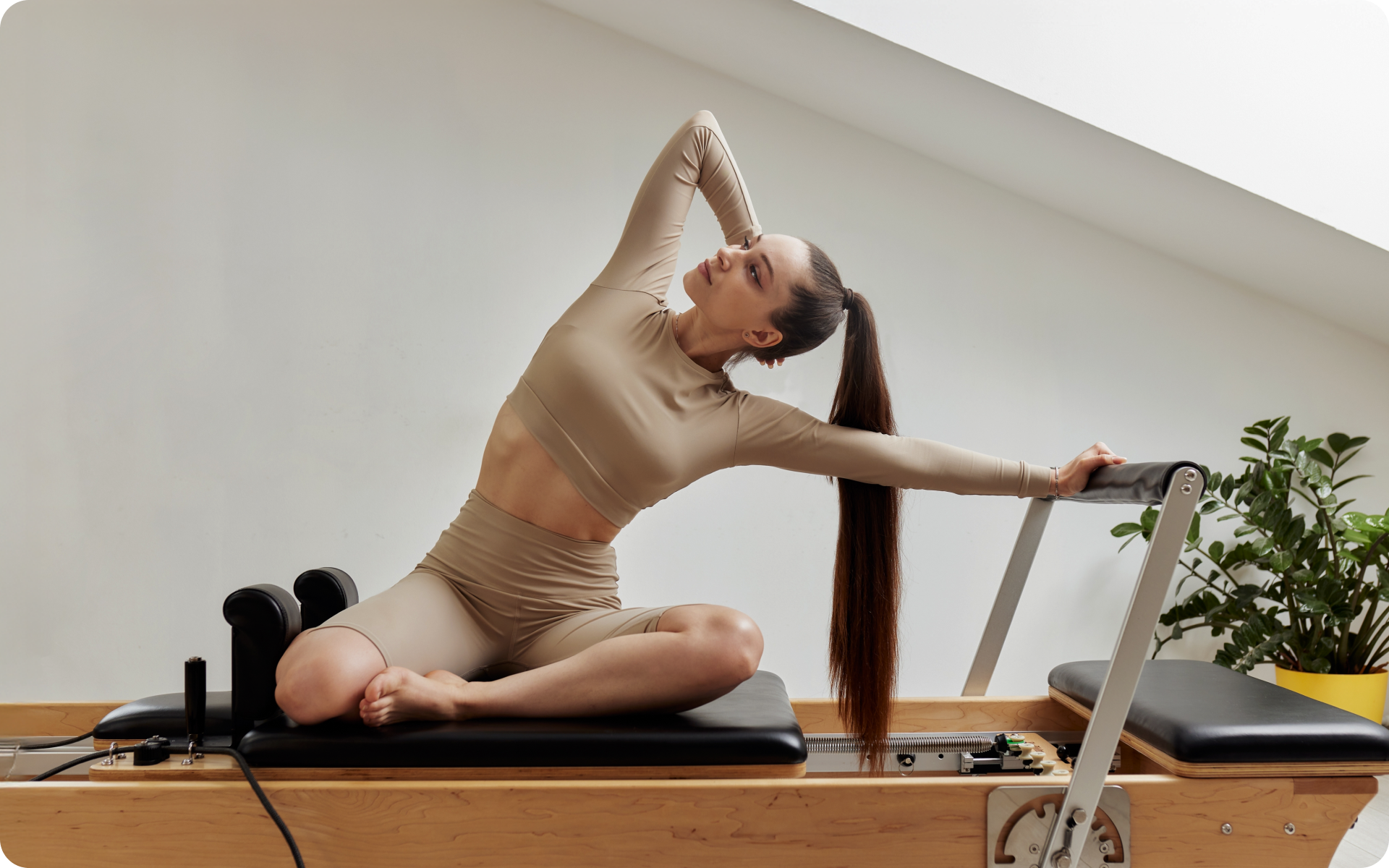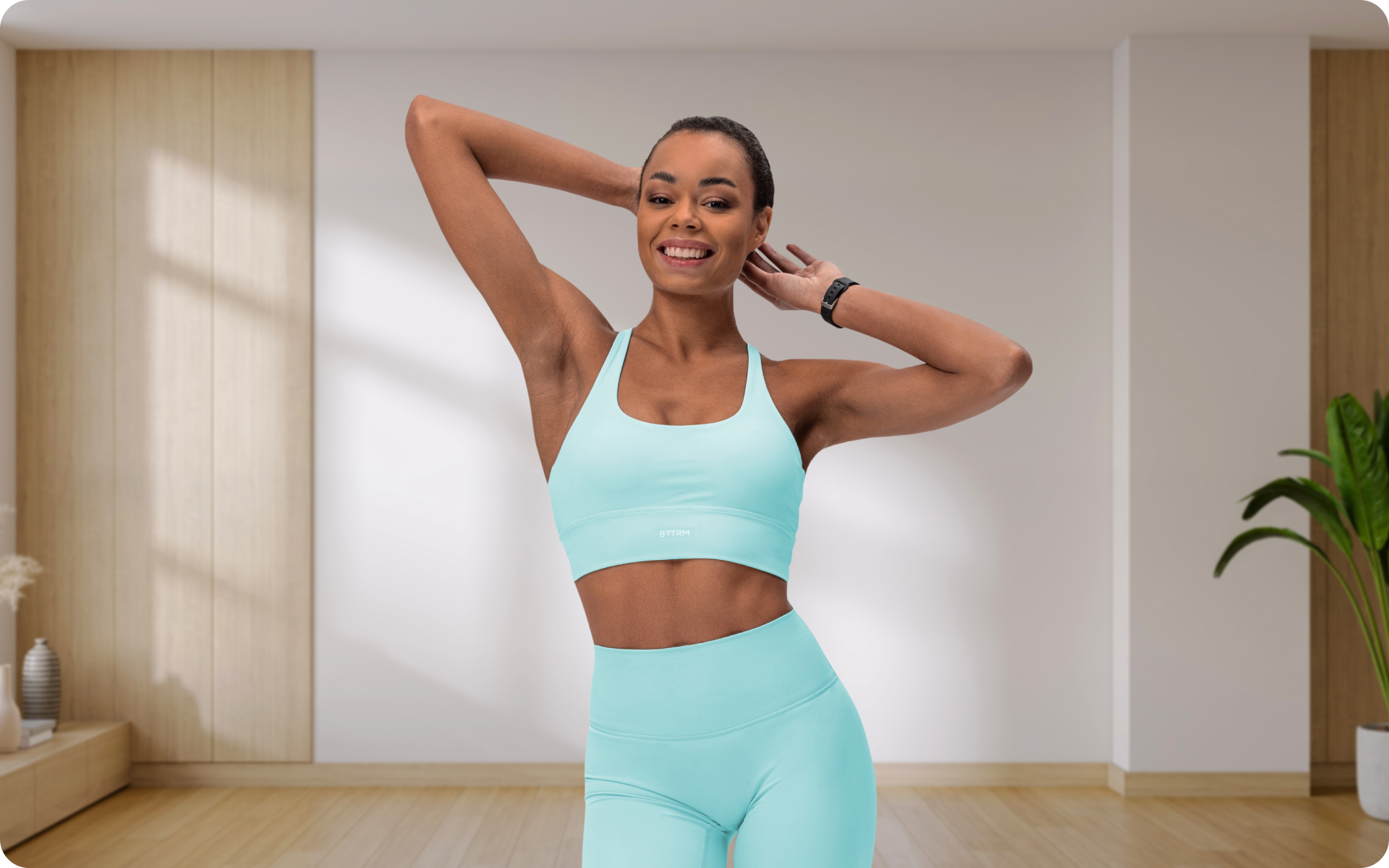Athletes have unique requirements when it comes to their training programs. Some will focus on specific activities, while others choose all-rounded programs to excel in their sport. Experts acknowledge that the best training program for athletes is one that meets their needs and is well-rounded. This means it has to incorporate strength training, cardio, and other exercises like Pilates. Here is a comprehensive overview of Pilates for athletes.
What Are Pilates Exercises?
Pilates refers to a group of exercises that combines at least fifty repetitive moves to help create muscular exertion (3). Experts advocate these workouts due to their long list of benefits, some of which include increased muscle strength and endurance, flexibility, and improving posture and balance (3).
Experts also recommend these exercises because they are based on five crucial principles. These include deep breathing, rib and scapular stabilization, cervical alignment, pelvic mobility, and utilization of the transversus abdominis (3).
These principles help the individual performing them reap more benefits, as each principle brings something unique to the table. For example, deep breathing promotes relaxation, while pelvic mobility increases the range of motion.
These exercises are straightforward to perform, and they also easily fit into any workout plan. That said, you must remember to perform these exercises correctly in order to minimize injury risk. Talk to a professional to better understand how to perform Pilates exercises for athletes.
Read More: Pilates For Men: Why And How You Should Engage In These Strength Building Exercises

Is Pilates Good For Athletes?
There have been multiple debates about whether or not athletes should take up Pilates exercises. Many believe that professional athletes should focus on activities like running instead of Pilates.
However, fitness experts have shown that Pilates can be good exercises for professional athletes. Furthermore, experts acknowledge that athletes can adopt these moves into their workout plan in two different ways.
The first way is adapting specific Pilates moves in order to provide a gentle strength training workout for rehabilitation (3). The second is for athletes to incorporate Pilates exercises that are vigorous enough to give them a thorough workout.
So yes, Pilates are suitable for athletes. However, this brings us to another area that most people hardly know: athletes’ benefits from performing such exercises. Take a look!

The Best Pilates Workout For Athletes
Ideally, the Pilates exercises to be performed by athletes should vary depending on the sport they undertake. Thus, it is hard to come up with one standard Pilates workout plan for all athletes.
Nonetheless, some of the most important Pilates moves for athletes include Pilates hundred, crossover, roll-up, twist and reach side leg lifts, rollback, and kneeling sidekicks (5). Talk to a licensed trainer for a customized Pilates workout plan that meets your needs.
BetterMe app will provide you with a host of fat-frying fitness routines that’ll scare the extra pounds away and turn your body into a masterpiece! Get your life moving in the right direction with BetterMe!
Pilates Benefits For Athletes
Several benefits set Pilates apart from other exercises, especially among athletes. They include:
-
Improved Mental Well-Being
One thing that Pilates does is to promote efficient breathing techniques. Breathing techniques are significant as they help in reducing chronic stress. Chronic stress is dangerous for your health as it increases the risk of depression, high blood pressure, anxiety, headaches, and stomachaches (4).
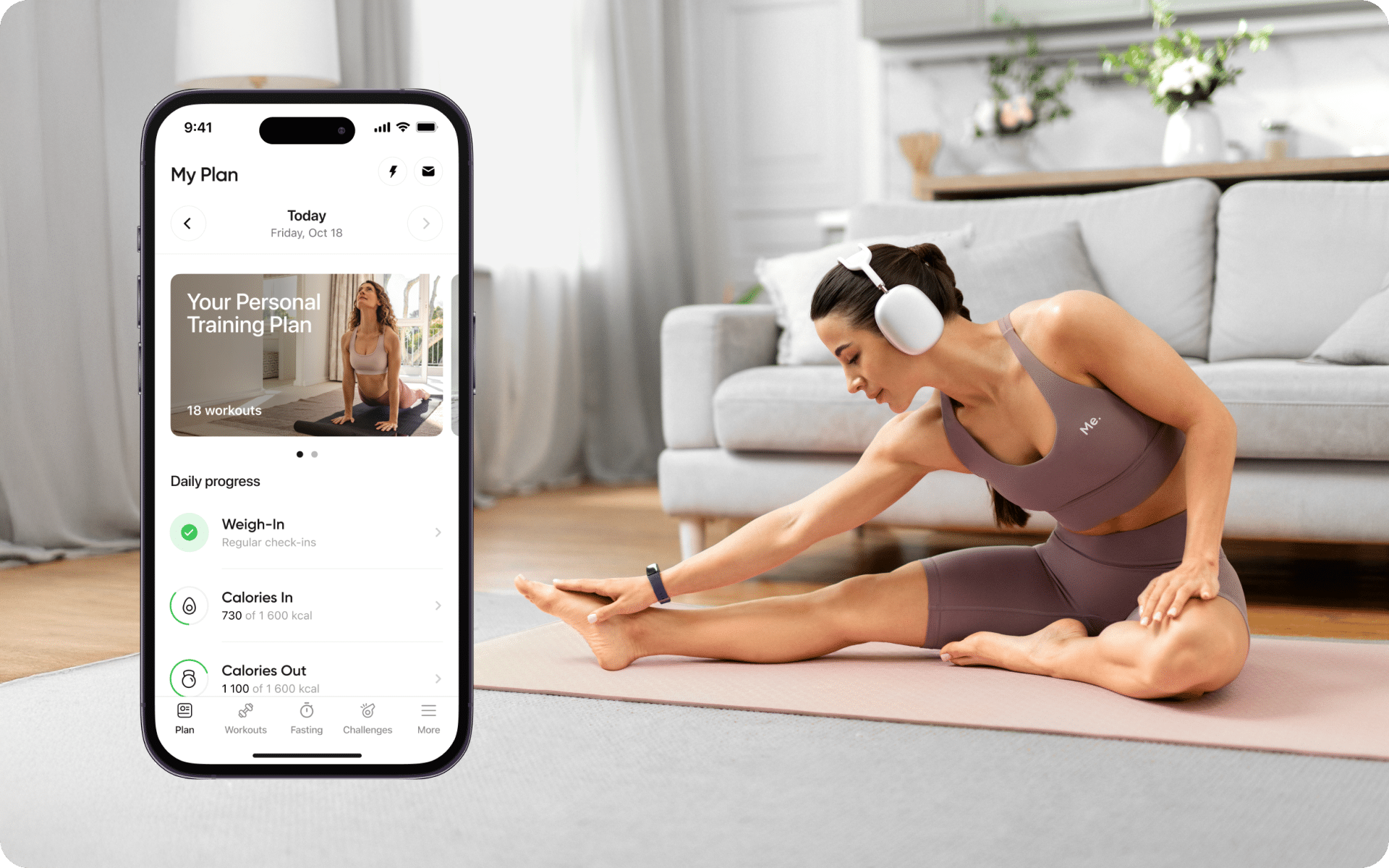
-
Improved Performance Through Enhanced Flexibility
Flexibility is essential among athletes, especially those participating in activities like football and sprinting. Pilates is an excellent exercise option for athletes because it improves flexibility in the hamstrings and upper body. As a result, improved flexibility helps in reducing injury risk (1).
-
Increased Core Strength And Peripheral Mobility
One of the many benefits that athletes have yet to discover is that Pilates helps to improve core strength and peripheral mobility. The assumption among most people is that only strength training programs can improve core strength. However, according to Medicine Net, Pilates have been found to be an effective exercise in improving strength in three core muscles. These are the rectus abdominis (abs/six-pack), external obliques (abdomen sides), and rectus femoris (leg muscles that make part of your quads) (1).
Besides improving core strength, these exercises also help improve mobility of the limbs, better known as peripheral mobility (1). Peripheral mobility is paramount for athletes, particularly those who participate in track events.
-
Improved Postural Problems
One of the many benefits of Pilates for aged athletes is improved posture. Even before they get into their sport, athletes can get postural problems from daily activities like their sitting and driving posture. Similarly, aged athletes may suffer from postural problems due to muscle tightness, decreased fitness, and muscle weakness (1). Although there is little proof to indicate that Pilates can improve posture, fitness experts believe that some moves can help correct posture (1).
-
Reduced Injury Risk And Increased Injury Recovery
Injuries are rampant among athletes. Luckily, some of them can be prevented when athletes tackle muscle weakness, stiffness, imbalance, and inflexibility. These issues are met by performing various Pilates exercises.
Some Pilates moves can also be used to promote injury recovery. However, we suggest you talk to your doctor to tailor an effective Pilates workout plan for injury recovery, precisely one that accounts for your injuries.

Read More: Pilates Basics: A Guide On This Low-Impact Workout
-
Promoting Body Rebalancing
Most athletes are required to use their muscles repeatedly and in the same way. For example, runners will be required to use their leg muscles in the same way. However, with time, these muscles become weak, leading to an imbalance in the body (1). An imbalance is dangerous for any athlete as it increases injury risk.
Pilates can help correct this imbalance as the moves strengthen the weak muscles and move your leg muscles in different directions and orientations (1). Some moves are also unilateral, and performing them helps strengthen each muscle group individually to fight stiffness and weakness (1).
Can Athletes Perform Pilates If They Have Health Conditions?
Like with any other exercise program, you must talk to your doctor before starting a Pilates workout routine. Consultation is mandatory if you have diabetes, heart disease, high cholesterol levels, and high blood pressure. Here is an overview of how health conditions may affect you when working out with Pilates:
-
Diabetes
If you have diabetes, your doctor may suggest changing your diabetes treatment plan if you want to perform a Pilates routine. This is because Pilates helps build muscle mass, which may help the body utilize glucose in a better manner (2).
Be very forthcoming and straightforward about your condition during the consultation. For example, complications like diabetic retinopathy. Such difficulties may worsen with various Pilates moves.
-
Arthritis
Athletes who have arthritis can incorporate a Pilates routine as it helps in building muscle strength (2). According to WebMD, this exercise helps curb arthritis symptoms, maintaining joint flexibility, ideal body weight, and balance (2).
-
Knee Injury
You also need to talk to your doctor if you recently had a knee or back injury. Some Pilates moves may not be advisable to perform with an injured back or knee. That said, other moves can strengthen the quads and help minimize knee injury and arthritis risk (2).
-
Chronic Lower Back Pain
Athlete or not, you may experience chronic lower back pain. Although Pilates is a good choice in curbing lower back pain, it is best to ask your doctor before starting such an exercise program.
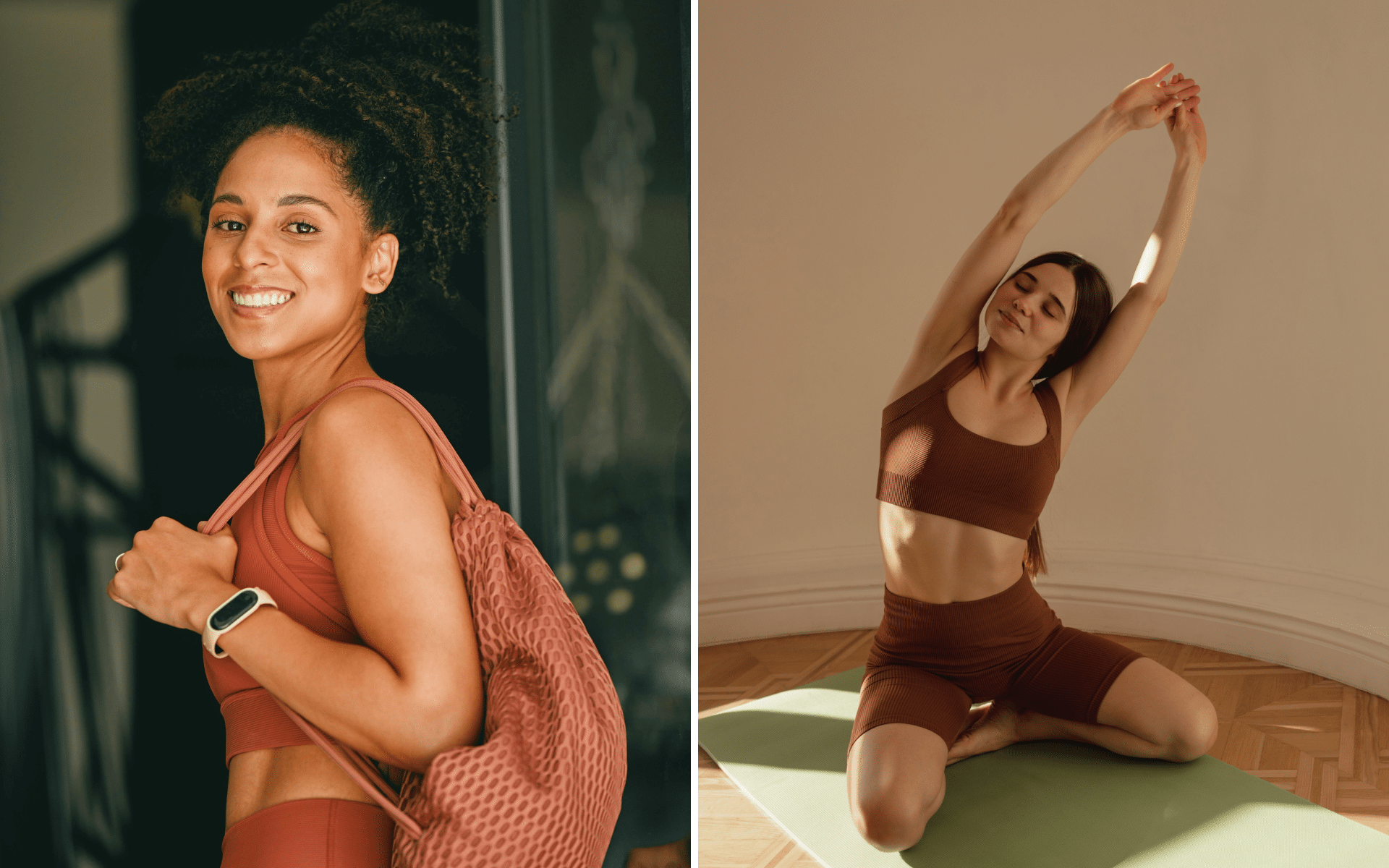
-
Pregnancy
You also need to talk to your doctor if you think or are pregnant. Some Pilates moves that require you to lay on your back are not safe to perform in the first trimester. According to WebMD, such moves reduce blood flow to your baby (2).
BetterMe will keep you laser-focused on your weight loss journey! Nutrient-packed meal plans, fat-blasting workouts, galvanizing challenges, and much more. Try using the app and see for yourself!
Yoga Vs. Pilates For Athletes: Which Is Better?
Another common debate among athletes is which is the most superior exercise program to perform, yoga or Pilates. Experts acknowledge that both are excellent low intensity and low impact exercises to perform for various reasons.
According to them, both yoga and Pilates have various benefits on both physical and mental health. These include improved posture, muscle toning, flexibility, weight management, cardiovascular functioning, and stress reduction (6).
The experts further state that yoga and Pilates are essential exercises in athletes because they reduce injury risk by increasing their range of motion, balancing muscle development, and improving balance with functional movements (6).
The other reason why experts believe these two exercises are crucial for athletes is that they promote mental clarity and improve coping capability (6). They also help individuals performing them reduce their stress levels and concentrate on positive thoughts (6).
Nonetheless, they recommend that athletes develop both workout plans by seeking advice from their doctor and trainer. Remember that an athlete’s workout plan has to meet various needs, so it must be customized to meet their individual needs.
The Bottom Line
Athletes can perform both yoga and Pilates as they have been found effective, low-intensity workouts. Pilates for athletes helps in improving flexibility, peripheral mobility, stability, stability, and mental well-being. They also help in rebalancing the body and reducing injury risk. Make sure you talk to your doctor before adding this exercise to your workouts.
DISCLAIMER:
This article is intended for general informational purposes only and does not serve to address individual circumstances. It is not a substitute for professional advice or help and should not be relied on for making any kind of decision-making. Any action taken as a direct or indirect result of the information in this article is entirely at your own risk and is your sole responsibility.
BetterMe, its content staff, and its medical advisors accept no responsibility for inaccuracies, errors, misstatements, inconsistencies, or omissions and specifically disclaim any liability, loss or risk, personal, professional or otherwise, which may be incurred as a consequence, directly or indirectly, of the use and/or application of any content.
You should always seek the advice of your physician or other qualified health provider with any questions you may have regarding a medical condition or your specific situation. Never disregard professional medical advice or delay seeking it because of BetterMe content. If you suspect or think you may have a medical emergency, call your doctor.
SOURCES:
- Pilates (2021, medicinenet.com)
- Pilates (2021, webmd.com)
- Pilates: how does it work and who needs it? (2011, ncbi.nlm.nih.gov)
- Relaxation techniques for stress (2020, medlineplus.gov)
- Slideshow: 15 Pilates Moves That Get Results (2020, webmd.com)
- The effects of Pilates and yoga participant’s on engagement in functional movement and individual health level (2019, ncbi.nlm.nih.gov)
